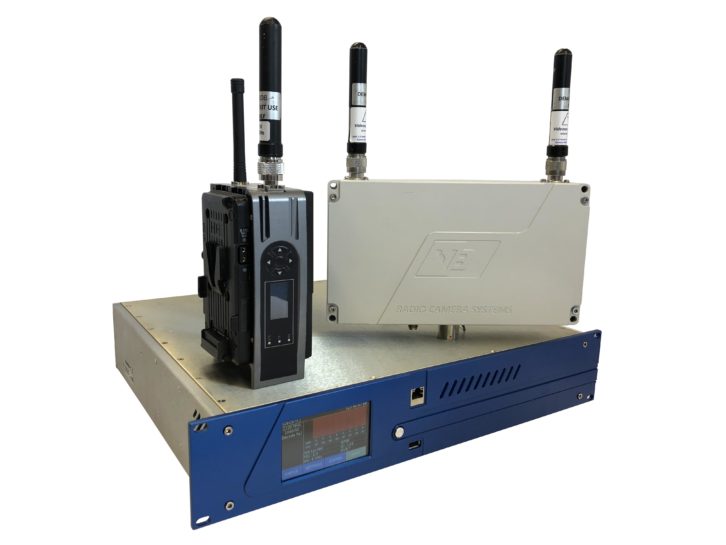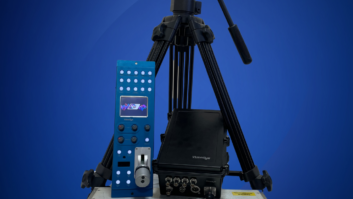Videosys Broadcast, a supplier of quality camera control systems, RF links and camera backs to outside broadcast providers, is introducing the Epsilon 4K base station Camera Control Unit (CCU).
It is designed to simplify Radio Camera installation by offering a system that is conceptually similar to regular CCU systems supplied by the main camera manufactures, said the company.
The system comprises up to two, dual channel fibre receive slot in modules, RF receiver and decoder options either HD – H264 or H265 up to 4K. In 4K mode, Epsilon can operate either single or dual pedestal. Return camera control is Uni or Bi-Directional.

It enables users to quickly and effectively match multiple camera set-ups, with minimum input from operators and vision mixers. It is primarily configured to operate with the DTC range of transmitters, with optional dual head operation and it also offers up to four channel Maximum Ratio Combining (MRC) diversity.
German solutions provider Studio Hamburg MCI GmbH is already using the system for productions where a fast set up time and secure transmission must be guaranteed.
Nicolai Gajek, Sales Manager for Studio-Hamburg MCI, said: “The Epsilon System from Videosys is a user-friendly wireless camera system. All it needs to do for a single-zone operation is plug in an SMPTE cable and it’s ready to go. Plug-and-play. Furthermore, it convinces by combining the components of a video wireless system with telemetry control and fibre conversion in one device.”
Gajek added that multi-zone operations are also possible, depending on the configuration of the system. “Another great feature is the ‘Dual Pedestal’ licence, which doubles the data rate by doubling the RF bandwidth,” he said. “This is especially important for high gloss productions where a very high picture quality without latency increase is necessary.”







